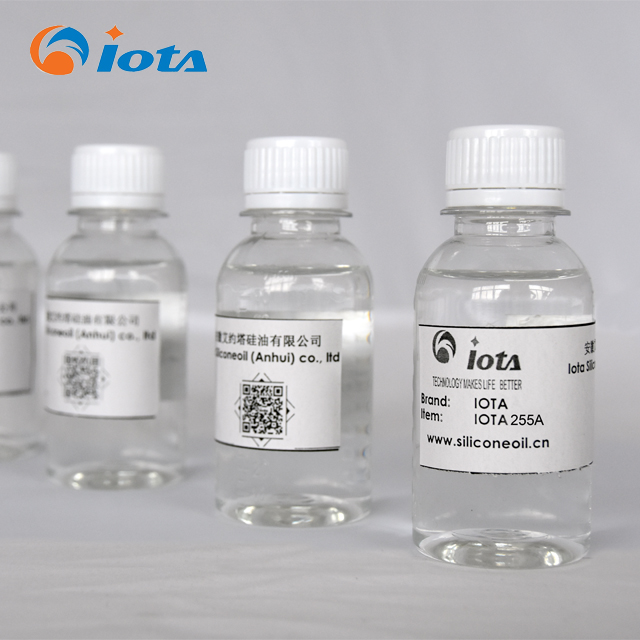Hits: 695 img

Silky Smoothness with a Scientific Twist
Next time you apply a luxury foundation or anti-aging serum, check the ingredients: phenyl trimethicone or phenylpropyldimethylsiloxysilicate might be listed. These tongue-twisting compounds are phenyl silicone oils, prized in cosmetics for their unique sensory and functional benefits.
Texture and Performance
Phenyl silicones impart a luxuriously smooth, non-greasy feel to creams and makeup. Their high refractive index creates an optical blurring effect, minimizing the appearance of wrinkles and pores. Unlike heavier oils, they evaporate slowly, ensuring long-lasting hydration without clogging pores—a boon for both skincare and color cosmetics.
Heat Resistance and Stability
In hair care, phenyl silicone oils excel as heat-protective agents. When applied before blow-drying or straightening, they form a thermal barrier up to 250°C, shielding hair proteins from damage. Their oxidative stability also prevents yellowing in sunscreens or clear formulations, maintaining product aesthetics.
Regulatory Safety
Despite misconceptions about silicones being “harmful,” phenyl variants are non-irritating and non-comedogenic. Regulatory bodies like the FDA and EU Cosmetics Regulation approve their use within specified concentrations. Their large molecular size prevents skin penetration, making them safe for topical applications.
Sustainability Concerns
While effective, phenyl silicones face scrutiny for environmental persistence. Brands are now exploring biodegradable alternatives or hybrid silicones with reduced eco-footprints. Nevertheless, their unparalleled performance keeps them irreplaceable in high-end formulations.
Conclusion
Phenyl silicone oils are the unsung heroes bridging cosmetic science and sensory indulgence. As consumer demand for multifunctional products grows, these silicones will continue shaping the future of beauty innovation.